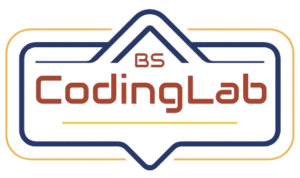- Defination of C
- C-Environment Setup
- How to use c
- History Of C
- Syntax And Structure
- Basic input / Output
- Comments in C
- Data Types
- Variables
- Keywords And Tokens
- Constants
- Operators
- Decision Making
- Looping
- Booleans
- Array
- Strings
- Function
- Structures
- Unions
- Recursion
- Type Casting
- Typedef
- Pointer / Memorry Address
- Preprocessor
- File Handling
- Error Handling
- Memory Management
Recursion
Recursion is a programming technique where a function calls itself directly or indirectly to solve a problem. Recursion involves breaking down a problem into smaller sub-problems, solving each sub-problem separately, and combining the solutions to obtain the final solution.
The basic idea of recursion is to reduce the problem to a simpler version of itself, and keep reducing it until it becomes small enough to be solved directly, without recursion. Recursion can be implemented in many programming languages, including C, C++, Java, Python, and more.
Here is an example of a recursive function in C that calculates the factorial of a given number:-
#include <stdio.h>
int factorial(int n)
{
if (n == 0)
{
return 1;
}
else {
return n * factorial(n – 1);
}
}
int main()
{
int n = 5;
int result = factorial(n);
printf(“Factorial of %d is %d\n”, n, result);
return 0;
}
- In this example, the factorial() function takes an integer n as input and returns the factorial of n. The factorial of a number is defined as the product of all positive integers from 1 to that number. For example, the factorial of 5 is 5 x 4 x 3 x 2 x 1 = 120.
- The factorial() function uses recursion to calculate the factorial of n. If n is equal to 0, the function returns 1, which is the base case of the recursion. Otherwise, the function calls itself with the argument n – 1 and multiplies the result by n. This recursive call continues until the base case is reached, at which point the recursion unwinds and the final result is returned.
- Recursion is a powerful programming technique that can be used to solve a wide range of problems, including searching, sorting, tree traversal, and more. However, it can also be a source of errors and inefficiencies if used improperly, so it should be used with caution and care.
